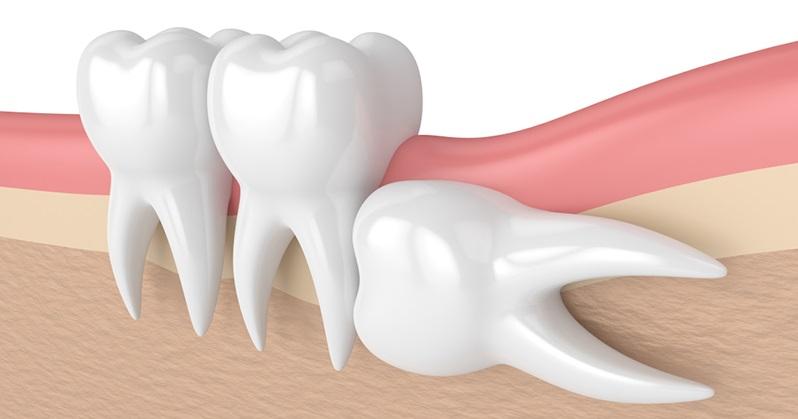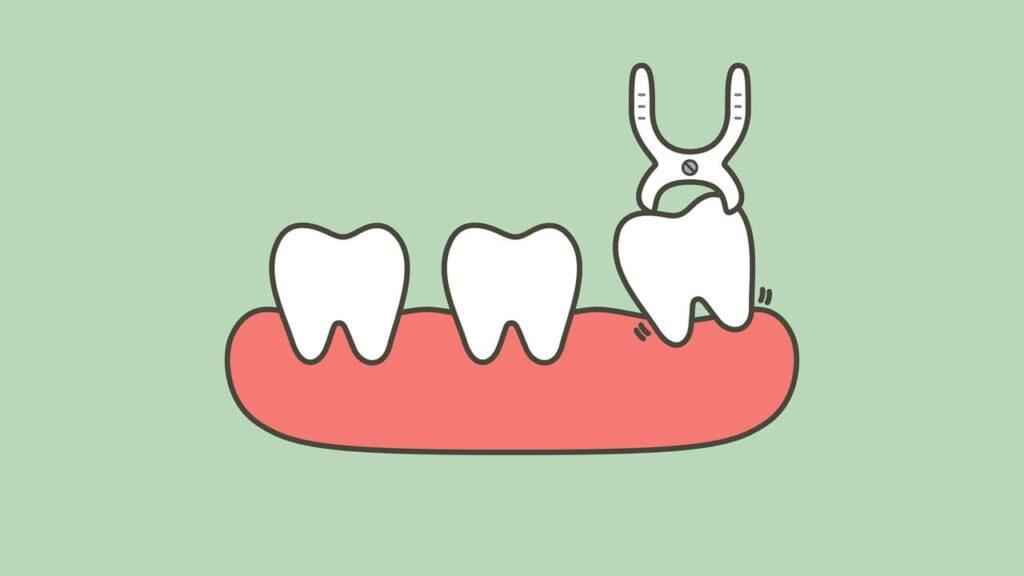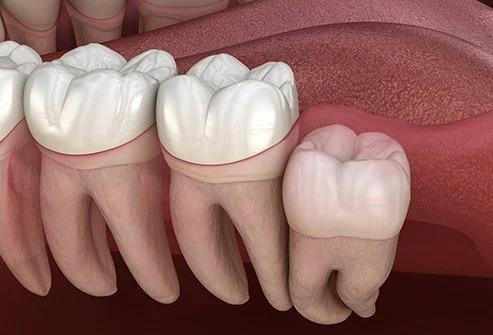Surgical Tooth Removal
Surgical Tooth Removal
Surgical tooth extraction refers to any surgical operation used to completely remove a tooth. It could entail cutting into the gum to gain access to the tooth or sectioning the tooth into many pieces for easy removal.
For a number of reasons, surgical tooth extraction is significantly more prevalent than it used to be. Here’s what you need to know if you need a tooth removed.
Though surgical tooth extraction is the most well-known method of extraction, it is not limited to wisdom teeth. Dentists conduct surgical tooth extractions for any of the situations listed below.

Extraction of the root tip
Sometimes easy extractions might result in surgical intervention if the root tip breaks off. The crown above the gum line and the roots below the gum line are the two primary exterior portions of your teeth. A tooth’s root tip may fall off during a simple extraction.
Though some dentists choose to leave the root tip, specifically if it stays undetected until after the removal site has healed, the majority of others will employ oral surgery to extract the tooth.
Broken Tooth
When your tooth is broken or cracked beyond repair because of decay, periodontal disease, or after a routine extraction, surgical tooth removal would be required.
A surgical extraction is usually advised to manage crowding or a tooth that cannot be preserved with dental treatment such as a dental crown.
Wisdom Teeth
The most well-known kind of surgical tooth removal is arguably wisdom tooth extraction.
Wisdom teeth that are impacted or partially erupted require surgical extraction.
Following a root canal
In certain circumstances, teeth that have undergone root canal therapy continue to be problematic. Decay and infection can result in an abscess, which can be averted with surgical tooth removal.
The Distinction Between A Surgical and Simple Extraction
simple extraction, there are certain distinctions to be made.
When simple tooth extraction is performed, the tooth being removed is:
- not anchored in the bone.
- above the gumline, clearly noticeable
- placed in a way that your specialist could remove it using dental forceps
Surgical removal is a far more complicated procedure. The removed tooth may only have partway erupted, or it may be so securely linked to the underlying bone structures that merely “pulling” it out would be difficult.
If there are complicated problems that indicate the tooth needs more assistance than simply pulling or twisting to be retrieved, surgical extraction is employed.

Surgical Tooth Removal Procedure
An X-ray is taken to detect the actual spot of the tooth and to outline a course of action for your surgical extraction.
When you and your dentist have agreed on a clear direction, your dental specialist will use a local anesthetic to numb the surgical spot. It might be a local anesthetic, a general anesthetic, or, in extremely rare circumstances, IV sedation. Your dentist might sometimes utilize a mix of nitrous gas for relaxation and local injectable anesthetic for pain relief.
Several individuals are concerned about experiencing discomfort during the surgery. Your dentist will take additional precautions to ensure that you are not experiencing pain during the process. Once you get a numbing injection, you may experience a pinch or sting that goes away quickly. One might also feel pressure and movement in the jaw during the surgery, but there should be no discomfort.
Many individuals are concerned about experiencing discomfort during the surgery. Your dentist will take additional precautions to ensure that you are not in any pain during the process. When you get a numbing injection, you may feel a pinch or sting that goes away quickly. You may also feel pressure and movement in your jaw during the surgery, but there should be no discomfort.
In order to reach the tooth from the outside of the gum rather than from above, your dentist will often make a cut on the outside of the gum. Such access may aid in loosening the gum surrounding the tooth’s roots. To dislodge the tooth, your dentist may need to remove bone from the tooth socket in some circumstances. If you have a tough tooth that won’t budge, your dentist may be able to extract it in pieces. The removal of the first part allows the second section to emerge more freely.
Whatever method is used, after the tooth has become loose in its socket, the dentist will grip and gently pull the tooth out with dental forceps. Before cleaning and closing the cut, the dentist will ensure that the whole tooth has been removed.
The Recovery Period After Surgical Tooth Removal
Each patient is unique, which implies that each healing time is unique. Prepare to gradually resume regular activity levels after a week, with the removal spot entirely recovered in 30 days.
However, the size of the surgical spot affects how long it takes to recover. But only because the gums recover does not imply the bone underlying has returned to normal. Bone resorption (the process by which the open tooth socket closes) can take six to twelve months.

Care After Surgical Tooth Removal
Take the remainder of the day off after your operation to relax and allow your body to recuperate. The following aftercare suggestions can aid in recovery:
- Undertake the recommended pain medication instructions. Take prescription drugs exactly as prescribed.
- Stop the bleeding by applying pressure to the extraction spot.
- Relax on the day of the operation and avoid heavy physical activity for the next 72 hours.
- To enable a protective clot to develop, do not use straws, smoke, or apply any other suction.
- Consider meals that are soft yet healthy, such as yogurt, tofu, noodles, scrambled eggs, and soft fruit.
- Spicy and salty meals might exacerbate the area, whilst crunchy and firm foods can dislodge the clot.
Strictly follow your dentist’s instructions for surgical tooth removal recovery. Check-in with your dentist if you suffer significant bleeding, swelling, or discomfort, or if you feel sick or uncomfortable to ensure that recovery is proceeding normally. CDIC Smiles can assist you in your search for an oral surgeon. We are aware that surgical extraction might be stressful. We take pride in our patients’ comfort; give us a call now to schedule a consultation.
